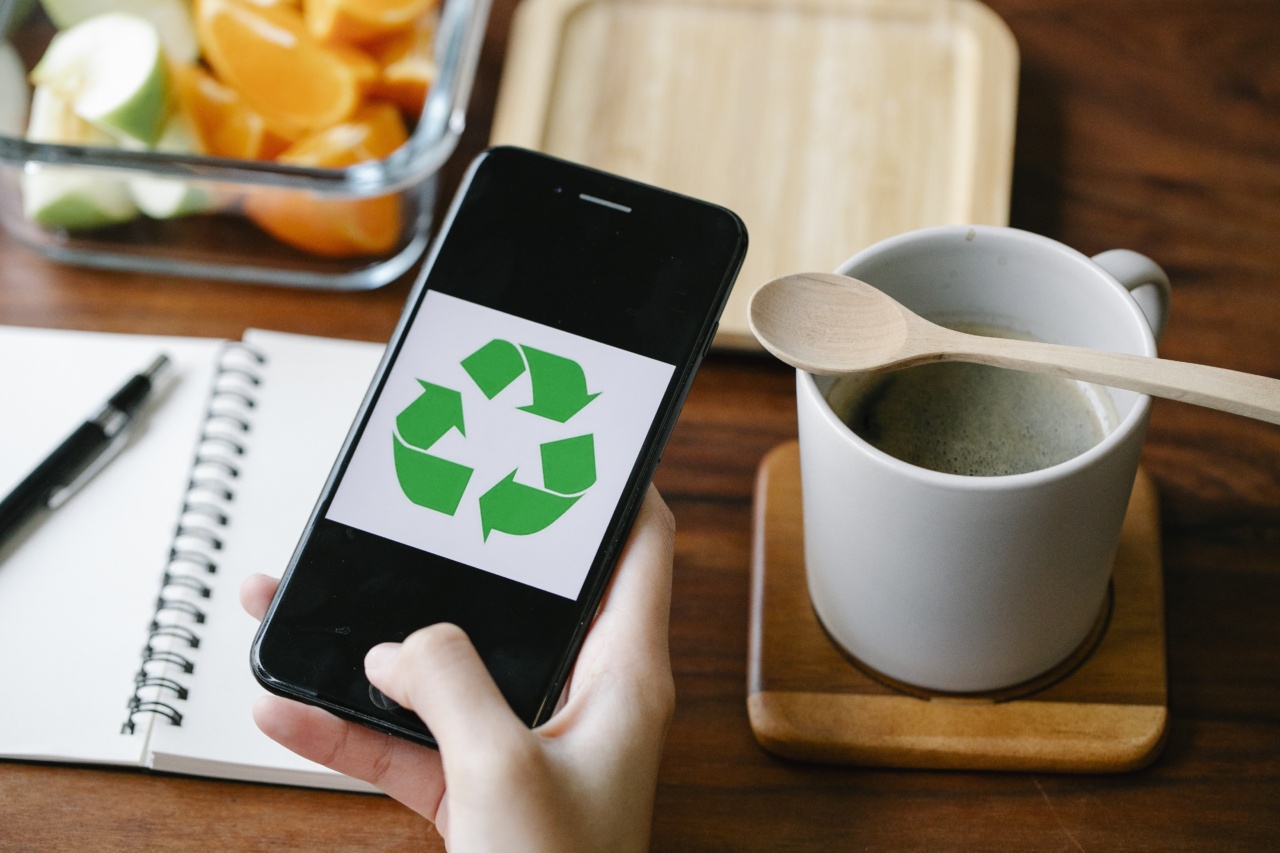Phlebitis refers to the inflammation of a vein, usually in the legs, which can be caused by a variety of factors such as injury, prolonged immobilization, infection, or the presence of a blood clot.
Symptoms of Phlebitis
Common symptoms of phlebitis include redness, swelling, warmth, and tenderness in the affected area. In some cases, you may also experience pain or a hard, cord-like feeling along the vein.
The Role of Inflammation in Phlebitis
Inflammation is the body’s natural response to injury or infection. It involves the release of chemicals that help to protect the affected area and promote healing.
However, when inflammation persists or becomes chronic, it can lead to discomfort and complications.
Natural Remedies to Reduce Inflammation from Phlebitis
While medical intervention may be necessary in severe cases of phlebitis, there are several natural remedies that can help reduce inflammation and alleviate symptoms. These include:.
1. Cold Compress
Applying a cold compress to the affected area can help reduce swelling and relieve pain. Wrap an ice pack or a bag of frozen vegetables in a cloth and apply it to the affected area for 15-20 minutes several times a day.
2. Elevation
Elevating the affected leg can help reduce swelling by allowing fluid to drain away from the area. Prop your leg up on pillows or a footrest whenever you can to promote better circulation.
3. Compression
Wearing compression stockings or bandages can help improve blood flow and reduce inflammation. These garments apply gentle pressure to the affected area, preventing the pooling of blood and minimizing swelling.
4. Turmeric
Turmeric is a potent anti-inflammatory spice that can help reduce swelling and alleviate pain. Incorporate turmeric into your diet by adding it to curries, soups, or even smoothies.
5. Ginger
Ginger contains compounds that have anti-inflammatory properties, making it an excellent natural remedy for phlebitis. Add fresh ginger to your meals or prepare ginger tea by steeping a few slices of ginger in hot water for 10-15 minutes.
6. Garlic
Garlic is known for its anti-inflammatory and antimicrobial properties, which can help reduce inflammation and fight infections associated with phlebitis.
Include garlic in your cooking or take garlic supplements after consulting with a healthcare professional.
7. Bromelain
Bromelain is an enzyme found in pineapple that has been shown to have anti-inflammatory effects. Consuming fresh pineapple or taking bromelain supplements may help reduce inflammation from phlebitis.
8. Horse Chestnut
Horse chestnut extract has been traditionally used to treat various vascular conditions, including inflammation. It is available in supplement form and may help reduce swelling and discomfort associated with phlebitis.
9. Epsom Salt
Soaking the affected leg in warm water with Epsom salt can help relieve inflammation and ease pain. Dissolve a cup of Epsom salt in a basin of warm water and soak your leg for 15-20 minutes. Repeat this remedy a few times a week.
10. Dietary Modifications
Make dietary changes that support vascular health and reduce inflammation.
Focus on consuming a diet rich in fruits, vegetables, whole grains, lean proteins, and healthy fats, while minimizing processed foods, sugary beverages, and excessive sodium intake.
Conclusion
While these natural remedies can help reduce inflammation and alleviate symptoms of phlebitis, it is important to consult with a healthcare professional for an accurate diagnosis and appropriate treatment.
Phlebitis can lead to serious complications if left untreated, so it is essential to seek medical advice if you suspect you may have phlebitis.































